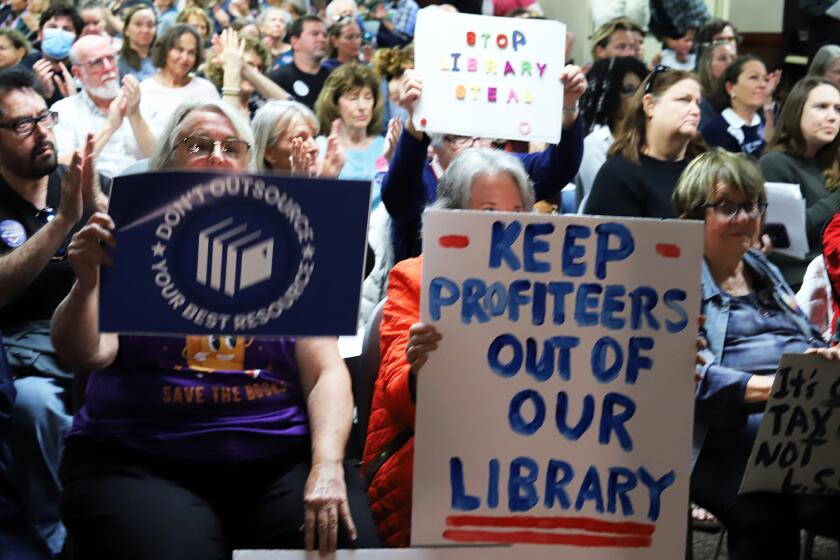Commentary: South Coast Metro points at big opportunities for the region
- Share via
Costa Mesa has helped define our region globally through innovative public spaces, groundbreaking cuisine and thoughtful evolutions that signal our way forward to the best of the future.
South Coast Metro and the region north of the 405 have created an engine of high-paying job growth that will continue to attract key knowledge workers — a work force built upon a foundation of some of the city’s proudest and most identifiable markers, including South Coast Plaza, Segerstrom Center for the Arts, Vans, the South Coast Collection (SoCo) and 580 Anton.
While many seek out Costa Mesa’s leafy neighborhoods south of the 405, a growing contingent of knowledge workers prefers the proximity of amenities often found north of the 405.
Much like the I-25 corridor from Denver to Boulder, or the continuing rush of treasure and talent along the corridors of the 101, Cal-Train and Silicon Valley, the area north of the 405 points the way forward for our region.
To produce lasting knowledge-dependent jobs like those that will drive growth in Costa Mesa’s median income, the focus must be on the infrastructure most prioritized by these industries: near on-demand transportation and high-quality amenities, including shopping, housing, entertainment and education.
According to the South Coast Metro Alliance, there are 17 schools and learning institutions within a 10-minute drive of the center of the Metro region’s center.
Additionally, active transportation solutions, such as dedicated and often-separated lanes and connections, including those to the 20 mile Santa Ana River Bike Trail via walking, bike or electric scooter, are steps that many high-growth regions have adopted due to demand. As we look ahead, larger investments in autonomous vehicles, gig-based ride ordering and sharing, and ultimately larger infrastructure investments, such as Metrolink, are necessary to attract and develop knowledge-dependent jobs in significant numbers.
As the economy begins to make a shift yet again, is the South Coast Metro region prepared for the next new economy?
What role can and will the South Coast Metro region play in the development of autonomous vehicles, the implementation of scooter companies like Bird and Lime, as well as the future of surface transportation, which is the network that brings the workforce to the workplace?
Can the South Metro region continue to be an origin for the workforce to travel to other parts of Southern California for work? Or will South Metro be an origin and destination for the workforce, thus creating the working environments for the companies to relocate to the area to reduce congestion, increase quality of life and create long-term economic sustainability for its residents?
These are the challenges that must be addressed in the coming years. It is certainly possible. Many regions around the U.S. have made the necessary steps and are experiencing the job growth that goes with those choices.
By continuing this evolution, especially in the available infrastructure, South Coast Metro will again thoughtfully point the way forward for our region for job growth for generations to come.
Newport Beach resident Tom Skancke served as the appointee of the Senate Majority Leader to the National Surface Transportation Policy and Revenue Study Commission for the United States Congress.
All the latest on Orange County from Orange County.
Get our free TimesOC newsletter.
You may occasionally receive promotional content from the Daily Pilot.



